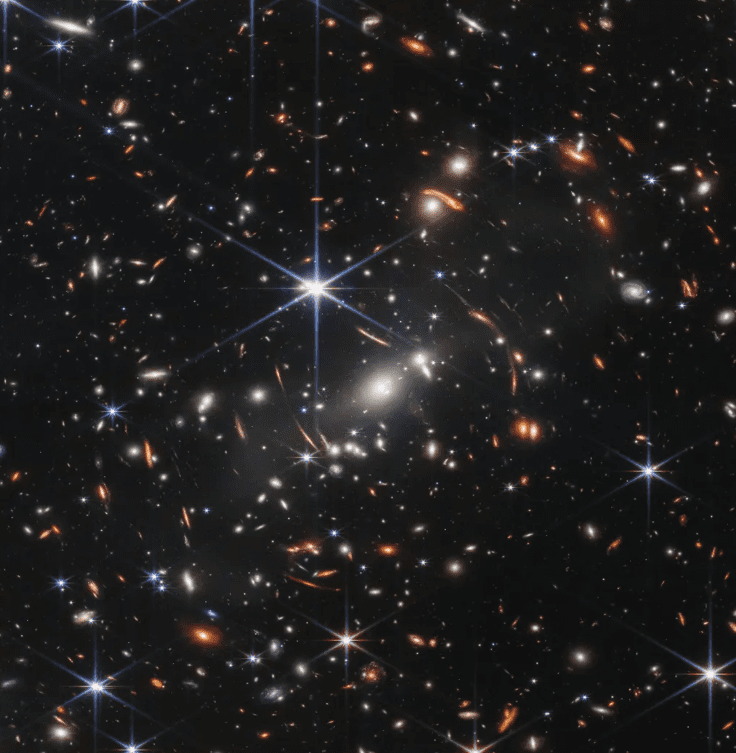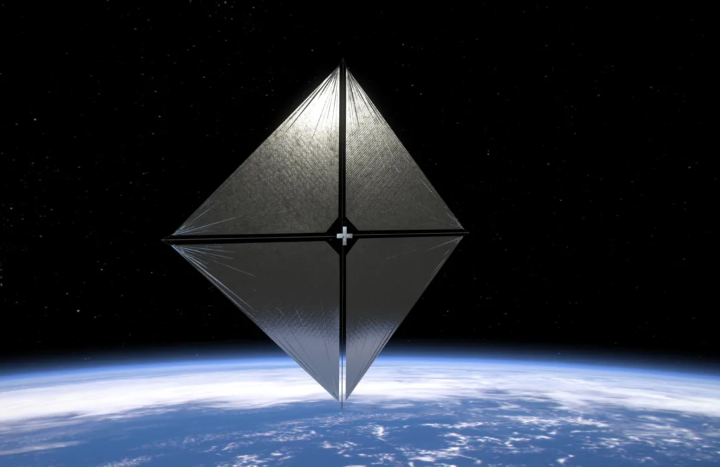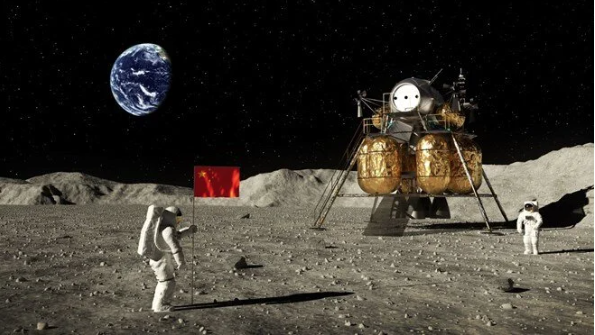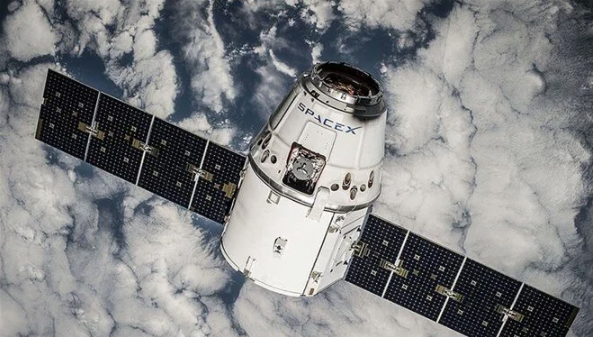This week, JWST published the deepest, highest-resolution image of the infrared universe, and viewers were astounded by the far-off galaxies that were gravitationally magnified by the galaxy cluster SMACS 0723. One of the galaxies has been emitting light since 13.1 billion years ago. But when it was discovered that the galaxy is not 13.1 billion light-years away, people were shocked. The distance is actually far greater—30 billion light-years.
Going further into the cosmos entails going back in time. That is caused by the fact that the speed of light is limited. Take Betelgeuse as an illustration. Around 550 light-years away, the red giant is the right shoulder of the constellation Orion (with a fair bit of uncertainty). Therefore, the light we currently experience—or the big dimming of two years ago—actually took place half a millennium ago.
You can convert the amount of time it took the light to arrive here into light-years as a general guideline for galactic distances. In the extremely nearby cosmos, this also applies to intergalactic distances. As a result, the Andromeda galaxy’s light has been traveling for 2.5 million years, proving that it is truly 2.5 million light-years away.
The equivalence becomes invalid over distances of a few billion light-years or greater. Consider SMACS 0723, the cluster visible in the JWST image’s center. Although its light dates back to 4.6 billion years ago, it is actually over one billion light-years away from us now. The Universe is expanding, which is the cause of this.
The universe is growing steadily and gradually as light moves through it. The cosmos has been expanding for a significant amount of time, which adds up when it comes to enormous intergalactic distances. These vast distances are encountered while approaching objects whose light originates from a period of time extremely near to the universe’s creation.
The size of the cosmos that is seen is becoming a crucial issue. The cosmos is 93 billion light-years vast and has things that are around 46.5 billion light-years away from us in any direction.
More or less, because these measurements are dependent on the cosmological characteristics of the universe, and we are now in a bit of a dilemma in that regard. Different techniques for calculating the universe’s expansion rate result in different results, which subsequently have an impact on all other measurements.





